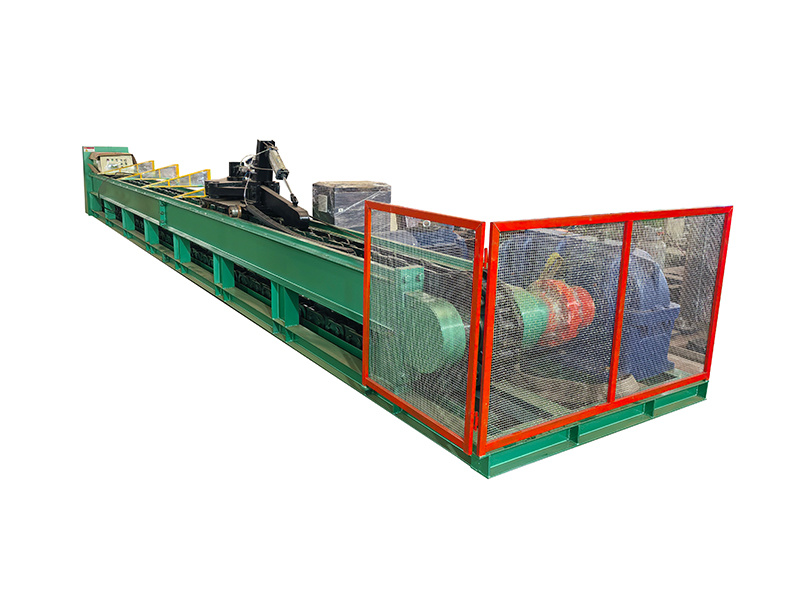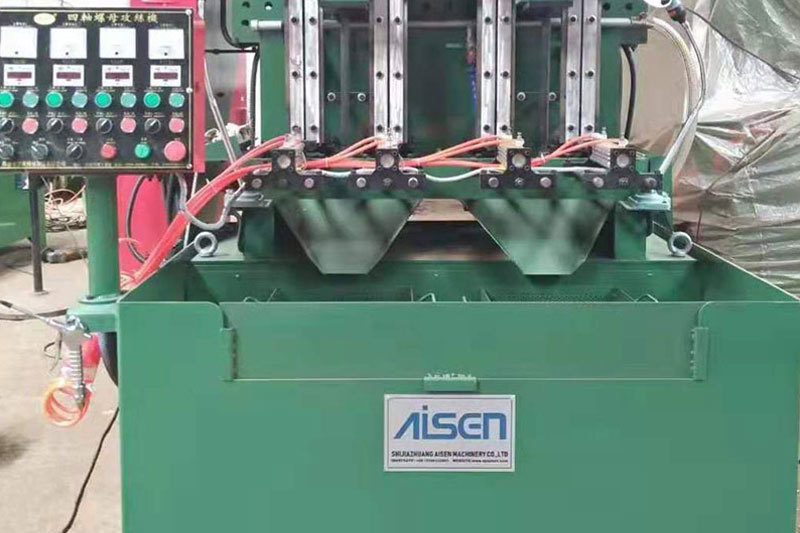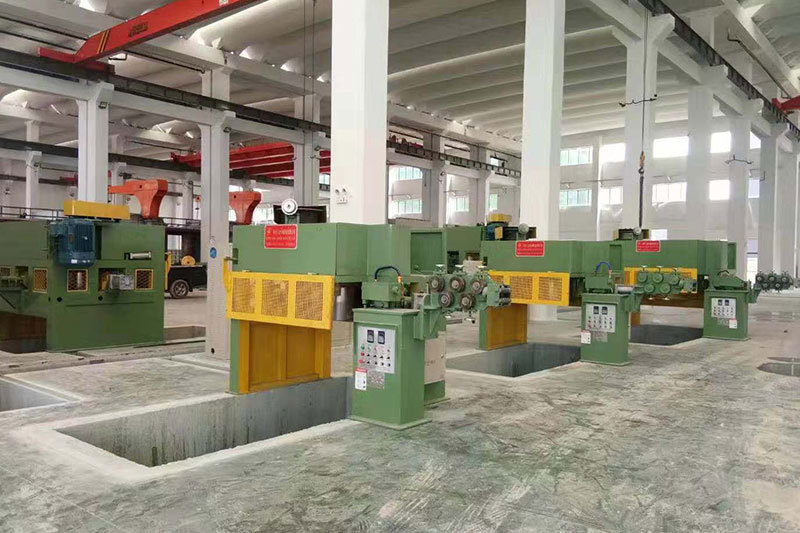Unlocking Efficiency: The Role of Nut Hot Forging Machines in Modern Manufacturing
Summary:
Unlocking Efficiency: The Role of Nut Hot Forging Machines in Modern Manufacturing
Table of Contents
Introduction to Nut Hot Forging Machines
Understanding the Hot Forging Process
Advantages of Nut Hot Forging Machines in Manufacturing
Applications of Nut Hot Forging Machines
Choosing the Right Nut Hot Forging Machine
Maintenance and Safety of Hot Forging Machines
The Future of Forg

Unlocking Efficiency: The Role of Nut Hot Forging Machines in Modern Manufacturing
Table of Contents
- Introduction to Nut Hot Forging Machines
- Understanding the Hot Forging Process
- Advantages of Nut Hot Forging Machines in Manufacturing
- Applications of Nut Hot Forging Machines
- Choosing the Right Nut Hot Forging Machine
- Maintenance and Safety of Hot Forging Machines
- The Future of Forging Technology
- Conclusion
- Frequently Asked Questions (FAQs)
Introduction to Nut Hot Forging Machines
The manufacturing sector is continually evolving, with new technologies emerging to enhance efficiency and productivity. Among these innovations, **nut hot forging machines** stand out as pivotal tools that significantly improve manufacturing processes. These machines are designed to transform raw materials into high-quality, precise components through the use of heat and pressure. In this article, we will delve into the mechanics, advantages, applications, and future of nut hot forging machines within modern manufacturing.
Understanding the Hot Forging Process
Hot forging is a manufacturing process that involves shaping metal at elevated temperatures, usually above its recrystallization temperature. This technique results in improved material flow and reduces the likelihood of defects. The **mechanics of hot forging** are based on the following key steps:
Heating the Material
Before forging, the metal is heated to a specific temperature, allowing it to become malleable. This step is crucial, as it minimizes the required force for shaping the material.
Forging Process
Once heated, the metal is placed in a die and subjected to compressive forces. The combination of heat and pressure allows the metal to take the shape of the die, creating a finished component.
Cooling and Finishing
After the material is shaped, it is allowed to cool, solidifying its new form. Additional finishing processes may be required to achieve the desired specifications.
Advantages of Nut Hot Forging Machines in Manufacturing
Nut hot forging machines offer numerous advantages that make them indispensable in the manufacturing industry. These benefits include:
Enhanced Material Properties
The hot forging process improves the mechanical properties of metals, resulting in a final product that possesses enhanced strength, toughness, and ductility.
Cost Efficiency
By producing high-quality components quickly, nut hot forging machines reduce production costs. The efficiency of the process translates into lower labor and energy expenses.
Precision and Consistency
These machines provide exceptional precision in shaping components, ensuring that each item meets stringent quality standards. This consistency reduces the need for post-processing and rework.
Reduced Waste
The hot forging process generates minimal waste compared to other manufacturing methods. This reduction in waste not only benefits the environment but also translates to cost savings for manufacturers.
Applications of Nut Hot Forging Machines
Nut hot forging machines play a vital role across various industries, including:
Aerospace Industry
In aerospace manufacturing, the precision and strength offered by hot forged components are essential. These machines produce critical parts such as bolts, nuts, and structural components that must meet rigorous safety standards.
Automotive Sector
The automotive industry relies heavily on nut hot forging for producing components like gears, crankshafts, and suspension parts. The durability of hot forged parts significantly contributes to vehicle performance and safety.
Energy Sector
In the energy sector, nut hot forging machines manufacture components for renewable energy systems, such as wind turbines and solar panels. The need for reliable and strong parts makes hot forging a preferred method.
Construction Industry
With the demand for robust construction materials, hot forging machines produce high-strength nuts and bolts that are essential for the integrity of buildings and infrastructure.
Choosing the Right Nut Hot Forging Machine
Selecting the appropriate nut hot forging machine for your manufacturing needs involves several considerations:
Material Compatibility
Ensure that the machine can handle the types of materials you plan to forge, including their specific temperature requirements.
Production Volume
Consider your production volume when selecting a machine. High-volume operations may require automated systems, while smaller manufacturers might opt for manual machines.
Cost vs. Efficiency
Balance the initial investment cost against the expected efficiency and output of the machine. A more expensive machine may offer greater long-term savings through increased productivity.
Technical Support and Service
Evaluate the manufacturer's reputation for customer support. Reliable technical assistance can minimize downtime and maintenance costs.
Maintenance and Safety of Hot Forging Machines
Proper maintenance and adherence to safety protocols are essential for the efficient and safe operation of nut hot forging machines.
Regular Maintenance Checks
Schedule routine maintenance checks to ensure that all components are functioning correctly. This includes inspecting hydraulic systems, heating elements, and forging dies.
Safety Precautions
Implement strict safety protocols to protect operators from potential hazards. This includes wearing appropriate personal protective equipment (PPE) and conducting regular safety training sessions.
Emergency Procedures
Establish clear emergency procedures in case of malfunctions or accidents. Training staff on these procedures can help mitigate risks.
The Future of Forging Technology
As technology continues to advance, the future of nut hot forging machines looks promising. Innovations such as **smart manufacturing** and automation are set to revolutionize the industry.
Integration of AI and IoT
The integration of artificial intelligence (AI) and the Internet of Things (IoT) into forging machines will enable manufacturers to optimize processes in real-time, leading to increased efficiency and reduced downtime.
Sustainable Practices
The industry is moving towards more sustainable practices, with a focus on reducing energy consumption and waste. Future nut hot forging machines will likely incorporate green technologies to minimize their environmental impact.
Customization and Flexibility
As manufacturers seek to meet diverse customer needs, future machines will offer greater customization and flexibility, allowing for the production of a wider range of components.
Conclusion
Nut hot forging machines are essential to modern manufacturing, offering unmatched efficiency, precision, and sustainability. By enhancing material properties and reducing waste, these machines play a vital role across various industries. As technology advances, we can expect further innovations that will continue to revolutionize the hot forging process, allowing manufacturers to meet the ever-changing demands of the market.
Frequently Asked Questions (FAQs)
1. What is the primary benefit of using nut hot forging machines?
The primary benefit is the enhanced mechanical properties of the forged components, including strength and durability, while also reducing production costs and waste.
2. How does hot forging differ from cold forging?
Hot forging involves shaping metal at elevated temperatures, which improves material flow. Cold forging occurs at room temperature and requires higher forces to shape the material.
3. What types of materials can be used in nut hot forging machines?
Common materials include carbon steel, alloy steel, and some non-ferrous metals, all of which can be effectively forged at high temperatures.
4. How can I ensure the longevity of my nut hot forging machine?
Regular maintenance checks, proper operator training, and adherence to safety protocols can significantly enhance the longevity and performance of your machine.
5. What are the future trends in nut hot forging technology?
Future trends include the integration of AI and IoT for process optimization, a focus on sustainability, and increased customization capabilities to cater to diverse manufacturing needs.
PREVIOUS:
Latest News
AISEN Four axis nut tapping machine ready for shipment to Russia
Four axis nut tapping machine for DIN934 M8,M10 Standard hex nut is ready for shipping to Russia by land transportation.
AISEN machinery inverted wire drawing machine
We hope to cooperate with more customers for mutual development and benefits. You are welcome to contact us









